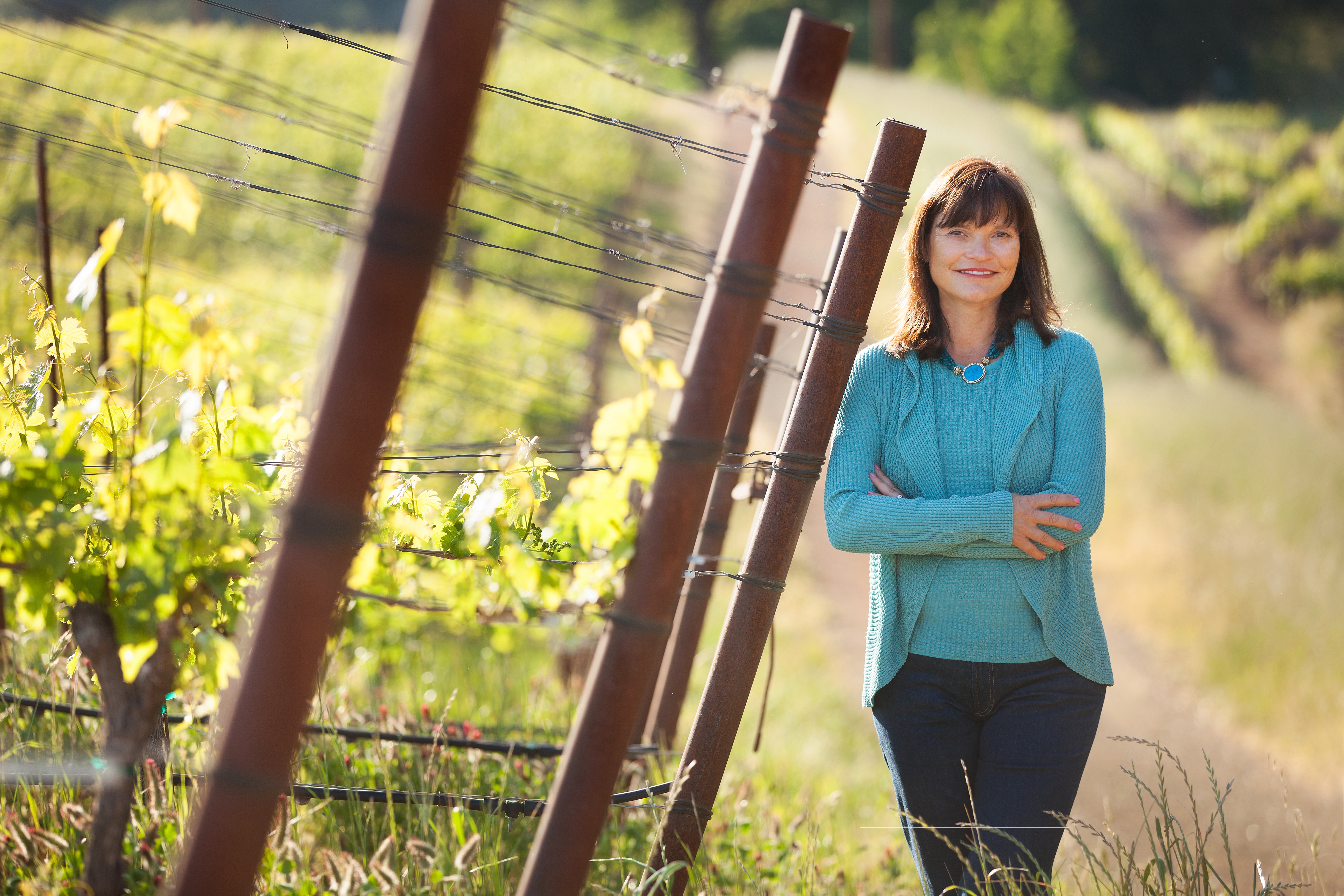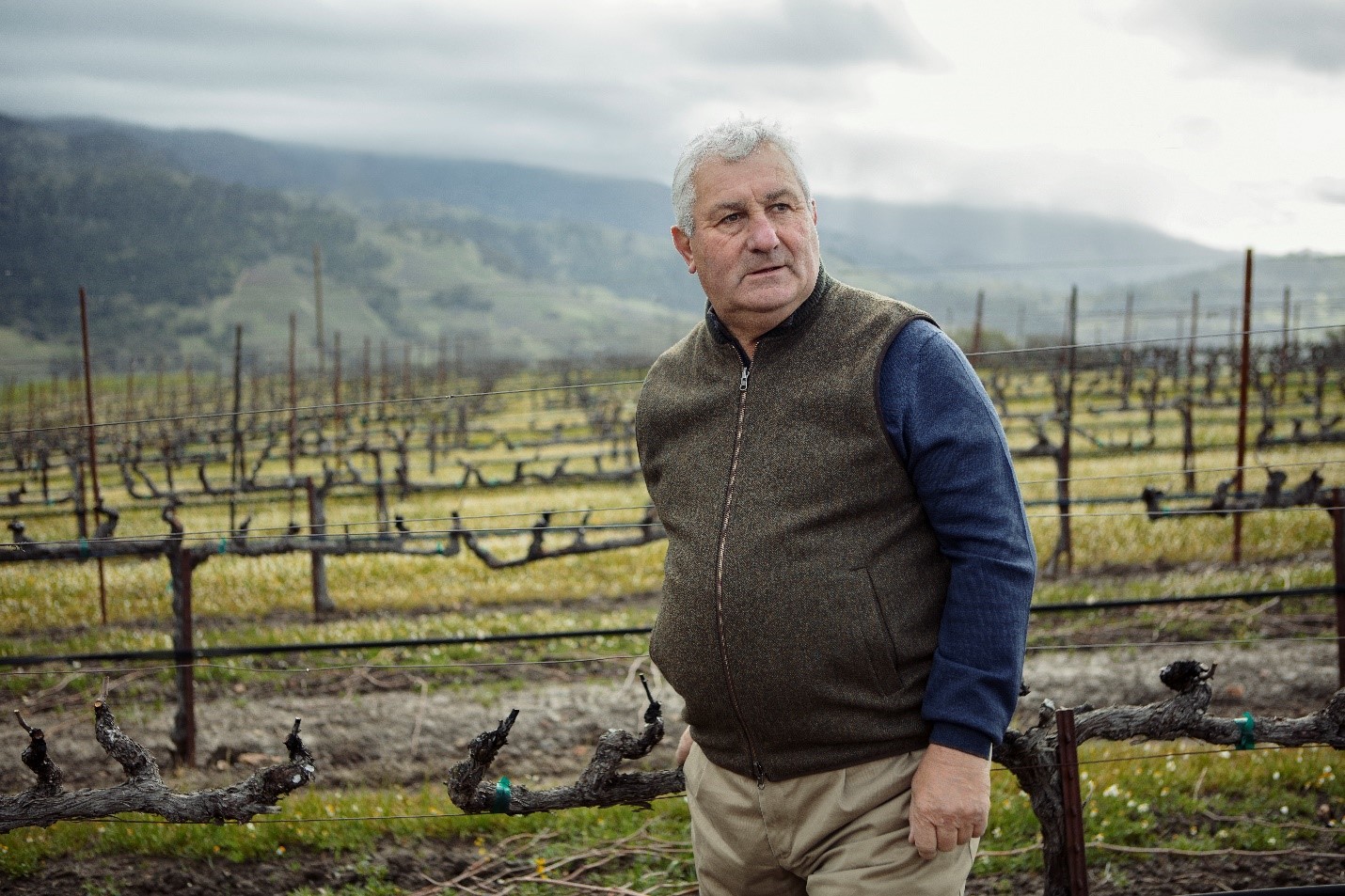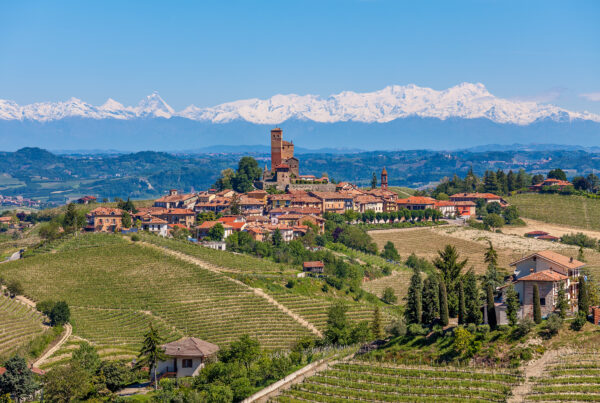
Barbara Banke is the Chairman and Proprietor of Jackson Family Wines. She has spent the last two decades leading the company she co-founded with her late husband Jess Jackson and expanding their portfolio of world-class vineyards and wineries. Liv-ex’s Sarah Phillips caught up with Banke to find out more about her successful career and views on the future of Californian wine.
What do you love most about wine?
One of the things I love most about wine is that every year you get a new chance to make a great vintage. This has kept me going through 35 years in the wine business. Wine is history in a bottle; the wine can reflect how the year went. This is particularly the case with Vérité because it ages so well. We now have twenty-year-old Vérité and it is always interesting to see how these wines have developed.
Has the style of Vérité changed over these twenty years?
No, it has not. I met our wikemaker Pierre Seillan and his wife Monique for the first time when I went to Vinexpo in Bordeaux in 1995. Pierre was managing a series of estates for the Quancard family at the time. When I met him again in 1997, he had just returned from the United States. He came on a tour of our vineyards and was intrigued by the prospect of making Californian wine. His first vintage was the 1998. He has been making our wine ever since.
Since then, we have very much continued the same style of wine. It is a very classic technique. Pierre tends to harvest towards the fresh end of the spectrum, and we do small barrel aging. We are not aiming for overly extracted or very fruity expressions of Californian wine. Our wines age very well due to a degree of freshness and good acidity.
Was there a moment when you first started that you knew this estate was going to be a big success?
When we produced the 1998 vintage. It was a terrible year – it rained all the time. Once we opened the wine, we knew our estate was going to be a success because the wine was good. It was very promising that we made a success out of 1998. Then, 1999 was a great vintage. At that point, we knew we were going in the right direction.
What were your most memorable early successes?
Getting some great press for the wine. Kendall Jackson became Nancy Reagan’s favorite wine at the White House. That gave it an initial push and it won a platinum medal from the American Culinary Wine Competition, which was very important at the time.
When did you start to attract attention from the major critics, Robert Parker specifically?
I think his first 100-point score for Vérité was the 2007 vintage. Then, he went back and re-tasted some of the earlier vintages and moved their scores up, starting with 2001. Those early years in the 2000s were really good but the wines just got better with age. When we first started making the wines, the Merlot vineyards were probably 10 years old. Now they’re 30, and we have much more intensity of flavour.
Are you replanting and planting new vineyards?
We do a little bit of replanting every year. We have new vineyards that don’t make it into Vérité but they might eventually.
La Muse has been described as the Pétrus of California. Was that an ambition that you had in mind when you opened the estate?
My husband, Jess, asked Pierre: “Why can’t we make a wine as good as Pétrus in California?” Pierre said: “Oh, why not better?” Our ambition was to aspire to that quality.

[Pierre Seillan, Vérité winemaker]
Are there any Old World inspirations for the other two wines at Vérité?
La Joie is a Medoc-inspired wine because it is a Cabernet Sauvignon blend. Of course, it’s from the cooler Sonoma side so it has cooler flavors and a lot of complexity. That was my husband’s favourite, and my favourite is Le Désir, which is a Cabernet Franc-based blend like Saint-Émilion.
Who do you position Verite against?
I see it in a global context. We have a lot of fine wines in the Bordeaux varietals coming from California, mainly Napa and Sonoma. I think Vérité has a Bordeaux sensibility about it because of Pierre, the way we treat the grapes, and the cooler climate. I wouldn’t say we are better but we like to position ourselves in the same set as some of the finest Bordeaux wines.
Which are your personal favourite Old World wines?
My personal favorite is Château Latour. And, of course, Cheval Blanc and Ausone from Saint-Emilion, and Pétrus from Pomerol.
Where have you acquired properties?
We are now in California, Italy, France, South Africa, Chile and Australia. I’m also infatuated with Oregon Pinot Noir so we acquired four wineries there about four years ago. Oregon has had a good wine industry for the past 50 years and it is actually relatively easy to do business there.
What do you look for when you’re searching for a new winery or vineyard?
High quality fruit that is capable of producing world-class wines.
Are you tempted by Burgundy?
I’m tempted, but everything’s so small and so expensive!
How about an English vineyard?
Yes, I’m doing my homework. I have enjoyed some of the sparkling wines, particularly the Blanc de Blancs.
Would you say you face any particular challenges as a woman working in the wine trade?
Being a woman in wine was more unusual when I first started. We now see quite a few women that are winemakers or winery managers. The new successor of Vérité, for instance, is Pierre’s daughter Hélène. We are consistently moving in this direction. In my opinion, California and Oregon are quite advanced. Various successful women winemakers have been in California for years. Helen Turley is one example – she has been running her brand for about 40 years.
Still, the wholesale side in the US continues to be male-dominated. Bordeaux is also a bit behind on that. There are women who are in charge of wineries but not that many.
What do you attribute the huge success of the Jackson portfolio to?
Good people, talented winemakers, great grapes from great vineyards.

I hear this cliché a lot about the wine trade that if you want to make a small fortune you should start with a large one. What is your view?
To some degree, it’s correct. Everything takes longer than you think it will take. If you buy something and you think that you can be profitable in five years, it’s probably going to take ten. In some cases, like Italy, it took twenty.
It is a long-term business and something that you can’t really rush. We have the luxury of being able to fund it with already successful wineries.
Would you say that wine is primarily a business or a passion for you?
It’s both. It’s a great business, but it’s also something that we are all very passionate about. We are trying to make the very best wines we can from our vineyards.
How important are critics’ 100 points to you?
They help get you in the public eye. There’s nothing like 100 points to command attention. I don’t want to live and die by the scores but they certainly get the attention of some of the trade.
Do you think your winemakers have this goal in mind?
Yes. Everyone wants the accolades, to really get recognition.
Is there a formula for making a 100-point wine?
No. Some of the other 100-point wines in California are from Napa and they’re very different from Vérité. Pierre makes his decisions every year about the amount of Cabernet Sauvignon, the amount of Merlot and the amount of Cabernet Franc that goes into individual blends, according to what he feels is the best for that particular vintage. He is not really governed by scores but by his own pursuit of perfection and excellence.
Do you think Parker had a particular stylistic preference?
I’m not sure he did. Vérité is very different from some of the other wines that he really liked in Napa so I think he has a broad appreciation of the industry. He’s really good on Bordeaux varietals and Chardonnays.
Which critics are you looking to now? Who do you think is most important in the industry?
In California, certainly the Wine Spectator. In Australia, James Halliday. Lisa Perrotti-Brown MW has taken over for Robert Parker, and I also follow Antonio Galloni. Gambero Rosso is certainly the most widely read publication in Italy for Italian wines.
Who is more important to you – the critic or the consumer?
Both. We make different styles of wines at different wineries. Each winery has its own sort of following. We try to reward our consumer with the wines that they like.
Which are the key markets for your super premium wines?
Other than the United States, I’d say Canada, Caribbean, the UK, Europe, Japan, Korea, Singapore and Hong Kong.
What percentage of these wines (Lokoya, Cardinale and Vérité) are exported vs sold domestically in the US?
Cardinale is about 25% outside the US, and Lokoya is very limited. Vérité is about 60% export – it is our global focus and has been very well received.

Outside of the US, Vérité is distributed via La Place de Bordeaux. Why did you choose to distribute this way?
They already have an established network and a global reach. It was mainly under the advisement of US brokers, who work closely in Japan, Hong Kong, Switzerland and Central Europe. They are so used to dealing with negociants for the First Growths that for them it is almost easier for everything to flow from La Place. The six negociants who we deal with have specific expertise in markets around the world so they ensure that we touch both the supply chain and the consumers.
Are they aiming to distribute quite evenly in different markets?
Yes, they have their allocations, which are specific to the needs within those markets. Typically, they are aiming for a spread between the on-trade, off-trade and the collector. We are talking about 1000 cases on each of those three wines, and 40% of that is going to sit within the US.
How do you go about pricing Vérité?
We have pretty much kept the price steady as we try to build the market. The prices rise as the wines age. We are starting to see movement in the old vintages as the scarcity happens, and the 100-point wines from 2007, 2008 will now command a higher price. It is mainly natural price appreciation. We are trying to avoid the big swings and dips as seen in other parts of the world. We try to set our pricing for the individual wineries where we feel the consumer will react well.
What’s your view on the role of Liv-ex?
I think what you’re doing is very helpful. We need more channels for the sale of wine rather than less, and different ways for people to trade.
What is your sustainability strategy?
My daughters Katie and Julia are in charge of our sustainability initiatives. Julia is holding her own conference on practical solutions for environmental problems this month. We have taken steps in our individual wineries to reduce our water and power usage.
We have more solar than any other wine company in the US. We use Tesla batteries to store some of the solar. Our long-term goal is to be totally self-sustaining. Our water use is about 40% of where it once was and we’re below the average of water use per gallon of wine – less than half of what the industry averages. We funded a project at UC Davis University of California, Davis – the Jess Jackson Sustainable Wineries Building. They have bays where they try out different technologies and we hope they’ll come up with new ideas for us on how to make wines more sustainable.
How does the distribution of Vérité in the US work?
We have mailing lists and a team of sales people – mainly sommeliers and master sommeliers. They are around the country, selling Vérité, as well as Cardinale, Lokoya, some of the Oregon wines and high-end wines such as Mt. Brave.
Do you have any plans to enter new markets or acquire new vineyards in the immediate future?
I am trying not to acquire anything before the end of the year. It’s a personal goal! We’re always looking though. Looking at vineyards, both in the US and outside, other parts of France, potentially Italy. We’ve enlarged our Italian holdings last year. We also bought a little property near our existing one in France, which has the most dilapidated chateau ever in the history of chateaux but we will get to it eventually!
[mc4wp_form id=”18204″]





